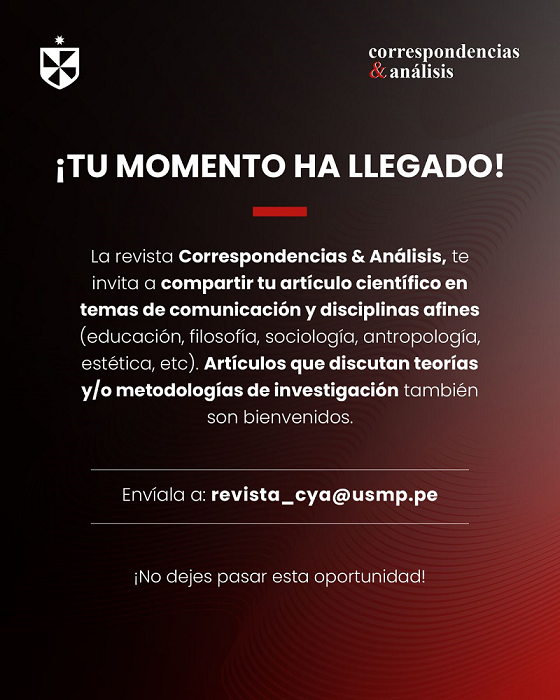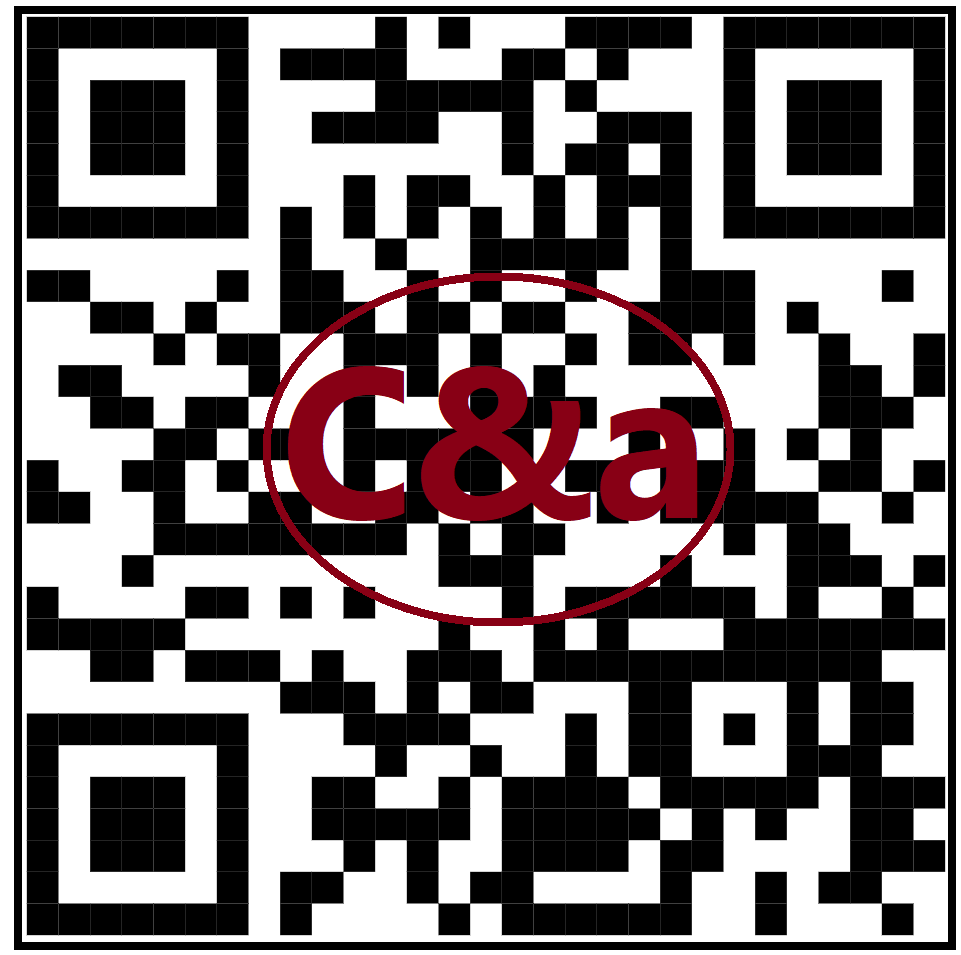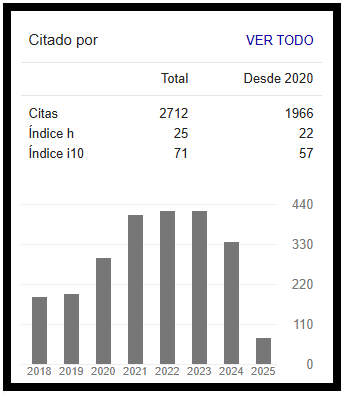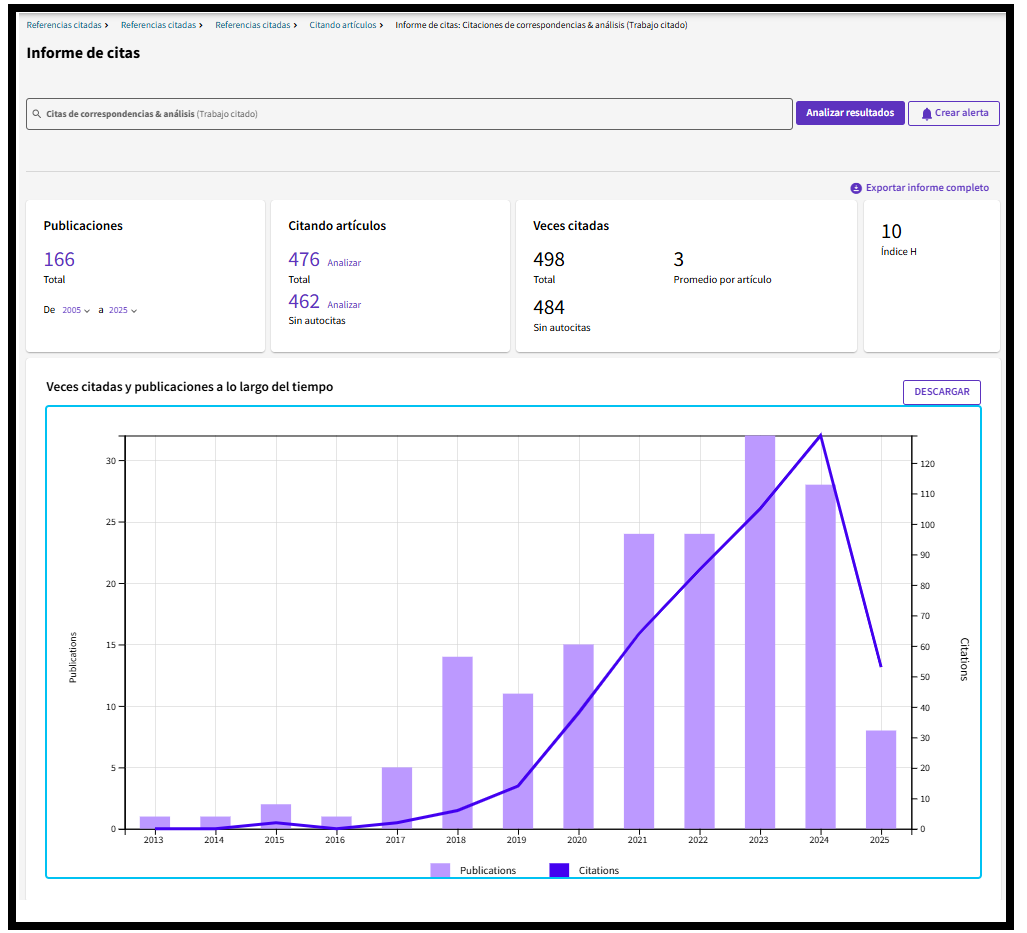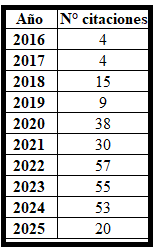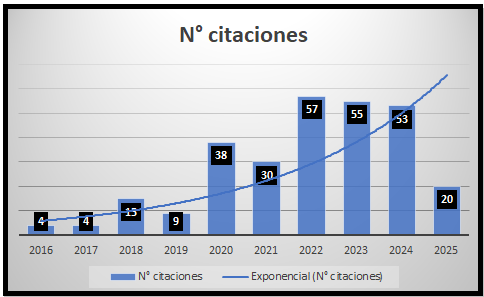Analysis of the coverage on TV news. Case study of teachers’ strike in Spain and Peru
DOI:
https://doi.org/10.24265/cian.2014.n4.10Keywords:
News, Information, Communication Effectiveness, Peru, SpainAbstract
This article analyzes and compares the cultural and audiovisual features that determine the styles and informative treatment of similar news content, issued by two private means different country: Peru and Spain. The study was made using the protocol Fact Efficient Model Construction (MOCIAE) and detects a clear bias in favor of the government’s position in both countries. However, as in the Spanish case increased presence of formal elements of staging and multiperspective opinion, the Peruvian version is detected finds treatment and focus less textual and predominantly spectacular, based on the use of resources ambient sound and the violent actions of the protesters.
Metrics
Downloads
References
Amiel, V. (2005). Estética del montaje. Madrid: Abadía.
Balàzs, B. (1987). El Film: evolución y esencia de un arte nuevo. Barcelona: Gustavo Gili.
Bandura, A. (1977). “Self-efficacy: Toward a unifying theory of behavioral change”. Psychological Review, núm. 84, pp. 191-215.
Cassany, D. (1987). Descriure escriure: com s’aprèn a escriure, Barcelona: Empúries.
Casasús, J. y Núñez Ladéveze, L. (1991). Estilo y géneros periodísticos. Barcelona: Ariel.
Chion, M. (2001). La audiovisión: Introducción a un análisis conjunto de la imagen y el sonido. Barcelona: Paidós.
Criger, A.; Marion, J. y Russell Neuman, W. (1994). “Interpreting visual versus audio messages in television news”. Journal of communication. Vol. 44, núm. 4, pp. 132-149.
Del Rey Del Val, P. (2002). Montaje: Una profesión de cine. Madrid: Ariel.
D’ydewalle, G. y Germeys, F. (2007). “The psychology of film: perceiving beyond the cut”. Psychological Research. Vol. 71, núm. 4, pp. 458-466.
Fernández Díez, F. y Martínez Abadía, J. (1998). Manual básico de lenguaje y narrativa audiovisual. Barcelona: Paidós.
Entman, R.
_(2009). Projections of power: Framing news, public opinion, and US foreign policy. Chicago: University of Chicago Press.
_(1993). “Framing: Toward clarification of a fractured paradigm”. Journal of Communications. Vol. 43, núm. 4, pp. 51-58.
Fernández Del Moral, J. (1993). Fundamentos de la información periodística especializada. Madrid: Síntesis.
Field, S. (2001). El Manual del guionista: ejercicios e instrucciones para escribir un buen guión paso a paso. Madrid: Plot Ediciones.
Goffman, E. (1974). Frame analysis: An essay on the organization of experience. Nueva York: Harper & Row.
Huertas, A. y Perona, J. (1999). Redacción y locución en medios audiovisuales. Barcelona: Bosch.
Lázaro, F. (1993). “Prólogo”. En Libro de Estilo de ABC. Barcelona: Ariel.
López, A. (1996). Escritura e información. La estructura del lenguaje periodístico. Madrid: Cátedra.
Mann, W. y Thompson, S. (1988). “Rhetorical structure theory: Toward a functional theory of text organization”. Text. Vol. 8, núm. 3, pp. 243-281. Extraída el 28/IV/2014 desde http://www.cis.upenn.edu/~nenkova/Courses/cis700-2/rst.pdf
Martínez Albertos, J. (1989). El lenguaje periodístico. Estudios sobre el mensaje y la producción de textos. Madrid: Paraninfo.
Mas Manchón, L. (2011). “Modelo superestructural de la noticia en Televisión”. Estudios sobre el Mensaje periodístico. Vol. 17, núm. 1, pp. 95-116.
Mascelli, J. (1998). Los cinco principios básicos de la cinematografía Manual del montador de cine. Barcelona: Bosch.
May, J. y Barnard, P. (2003). “Using Film Cutting Techniques in Interface Design”. Human Computer Interaction. Vol. 18, núm. 4, pp. 325-372.
Metz, C. (2002). Ensayos sobre la significación en el cine. Barcelona: Paidós.
Millerson, G. (2001). Realización y producción en televisión. Madrid: Instituto Oficial de Radio y Televisión.
Mitry, J. (2002). Estética y psicología del cine. Barcelona: Siglo XX.
Morales, F.
_(2010a). “Forma y estructura discursiva de la noticia audiovisual. Una propuesta para su estudio y análisis de sus efectos de sentido”. Perspectivas de la Comunicación. Vol. 3, núm. 1, pp. 7-19.
_(2010b). Diseño de un modelo para el estudio del impacto perceptivo del overlapping o encabalgamiento audiovisual [tesis doctoral]. Barcelona: Universidad Autónoma de Barcelona.
_(2000). Teoría y práctica de la edición en video. Lima: Universidad de San Martín de Porres.
Morales Morante, L. (2012). “Estructura y sentido de la noticia televisiva: parámetros para la construcción y el análisis del mensaje en el entorno audiovisual”. Estudios sobre el mensaje periodístico. Vol. 18, núm. 2, pp. 805-821.
Prado, E. (1981). Estructura de la información radiofónica. Barcelona: ATE.
Quinquer, L. (2001). El drama de escribir un guión dramático. Barcelona: Nuevas Ediciones de Bolsillo.
Reese, S. (2007). “The framing project: A bridging model for media research revisited”. Journal of Communication. Vol. 57, núm. 1, pp. 148-154.
Reisz, K. y Millar, G. (2003). Técnica del montaje cinematográfico. Madrid: Plot.
Rodero, E. (2003). Locución radiofónica. Madrid: Instituto Oficial de Radio y Televisión.
Sádaba, T. (2001). “Origen, aplicación y límites de la ‘Teoría del Encuadre’ (Framing) en Comunicación”. Comunicación y Sociedad. Vol. XIV, núm. 2, p. 143-175.
Sadosky, M. y Paivio, A. (2001). Imagery and text. A dual coding Theory of reading and writing. Nueva Jersey: Lawrence Erlbaum Associates.
Sánchez, R. (2003). Montaje cinematográfico: arte de movimiento. Buenos Aires: La Crujía.
Scheufele, D.
_(2000). “Agenda-setting, priming, and framing revisited: Another look at cognitive effects of political communications”. Mass Communication & Society. Vol. 3, núm 2-3, pp. 297-316.
_(1999). “Framing as a theory of media effects”. Journal of Communication. Vol. 49, núm. 1, pp. 103-122.
Scheufele, D. y Tewksbury, D. (2007). “Framing, agenda setting, and priming: The evolution of three media effects models”. Journal of Communications. Vol. 57, núm. 1, pp. 9-20.
Semetko, H. y Valkenburg, P. (2000). “Framing European Politics: A content analysis of press and television news”. Journal of Communication. Vol. 50, núm. 2, pp. 93-109.
Taboada, M. y Mann, W. (2005). “Rhetorical Structure Theory: looking back and moving ahead”. Discourse Studies. Vol. 8, núm. 3, pp. 423-459.
Tankard, J. (2001). “The empirical approach to the study of Media Framing”, pp. 95-106.
En Reese, S.; Gandy, O. y Grant, A. (eds.). Framing public life. Nueva Jersey: Erlbaum.
Van Dijk, T. (1990). La noticia como discurso: comprensión, estructura y producción de la información. Barcelona: Paidós.
Westley, B. y MacLean, M. (1957). “A Conceptual Model for Communications Research”. Journalism Quarterly, núm. 34, pp. 31-38.
Wurtzel, A. (1983). Television production. Nueva York: McGraw-Hill.
Downloads
Published
Issue
Section
License
In case the manuscript is approved, the authors retain the copyright and assign to the journal the right to publish, edit, reproduce, distribute, display and communicate in the country of origin and abroad by means of print and electronic media in different databases.
In order for this procedure to be recorded, the author must fill out the following formats:
Format 1 - Author data Format.
Format 2 - Affidavit on originality and authorization for the publication of articles Format.
Format 3 - Open Science Compliance.







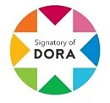
2.png)


